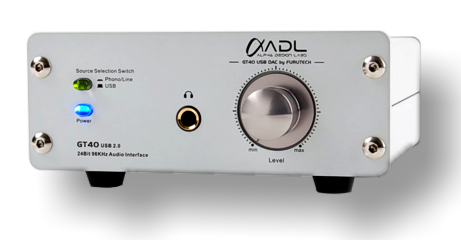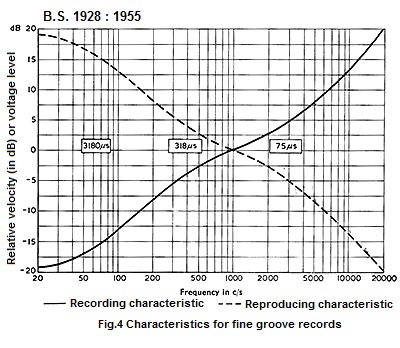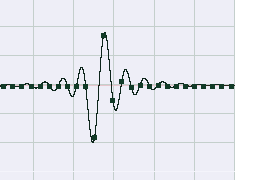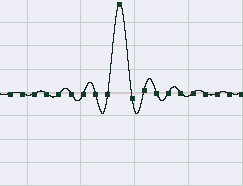
The RIAA strip is especially useful if you already have a high-quality needle-drop solution. In this case, you can use the Inverse-RIAA filter to "strip" RIAA de-emphasis in order to apply the correct replay characteristic

Such a process has various applications, the most obvious of which being to "strip" RIAA de-emphasis from a needle-drop recorded via an RIAA preamplifier. This is useful if RIAA de-emphasis is not the correct equalisation; for example, if the record was recorded with one of the other historic recording characteristics. But there are many other applications in (for example) mastering and audio testing.

In the case of using the Inverse-RIAA filter to "strip" RIAA pre-emphasis in order to apply an alternative replay characteristic, it is actually better to record the needle-drop via a preamplifier with a flat frequency-response and subsequently to apply the correct equalisation using Stereo Lab. But this may not always be possible, in which case the Inverse-RIAA filter is useful as a first-stage process; the resulting file being subsequently processed by another of the phonograph filters.



H(jω) = [(1 + jωT1) (1 + jωT3)] / (1 + jωT2)
where T1 = 3180µS, T2 = 318µS , and T3 = 75µS
From which it's fairly easy to see that H(jω) ⇒ ∞ as ω ⇒ ∞.
This isn't even possible in analogue circuitry (see here), and it certainly isn't possible in a sampled system. There is thus a necessity to adjust the transfer-function of the recording characteristic in the top three octaves (2kHz to 20kHz).
Nevertheless, the accuracy of an RIAA encode-decode performed at 48kHz sampling is measures better than ±0.15dB: several times better than we would normally expect of an analogue implementation.
 Home page
Home page
For all support issues, go here.
For Pspatial Audio sales, email: sales@pspatialaudio.com
